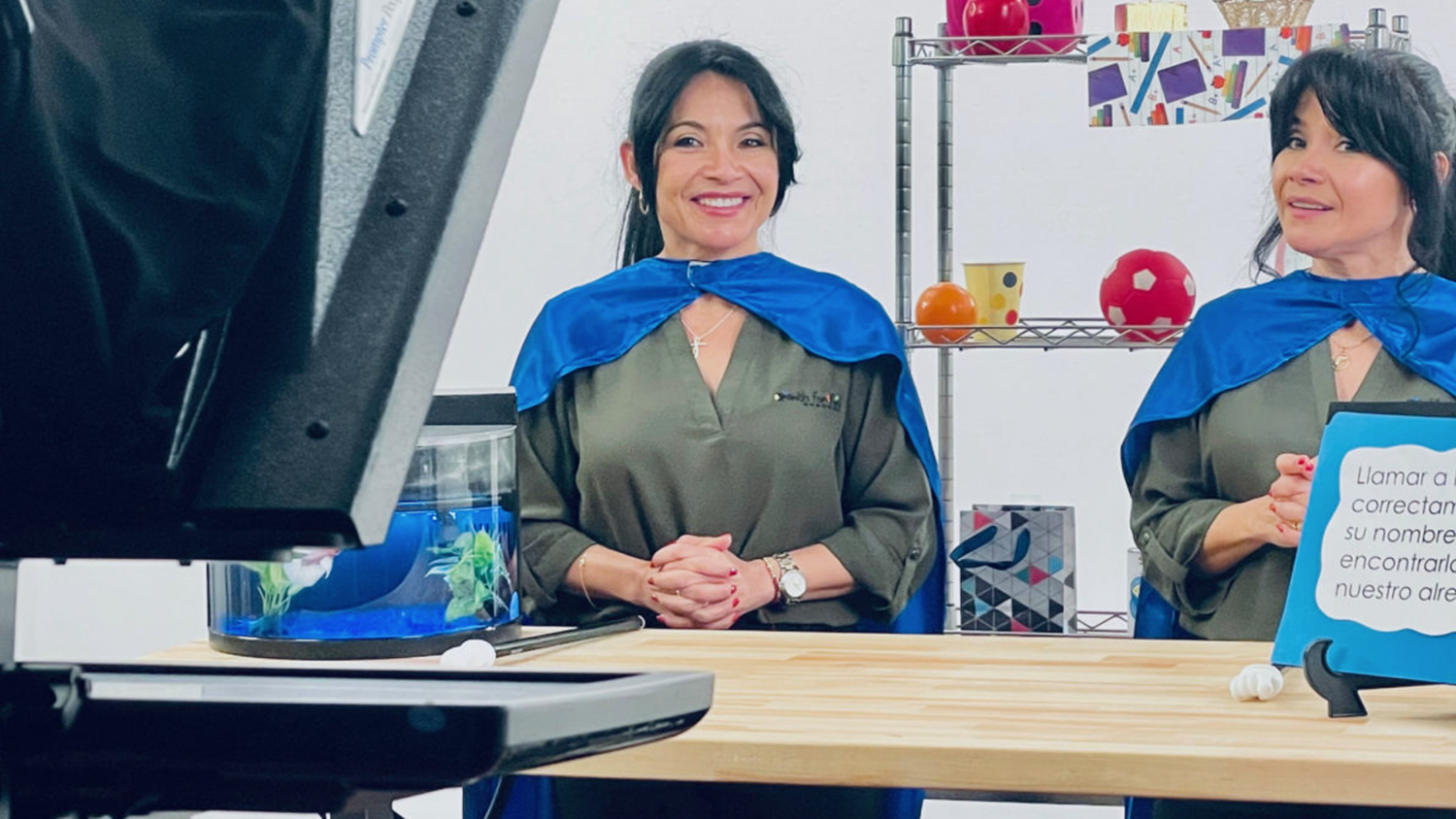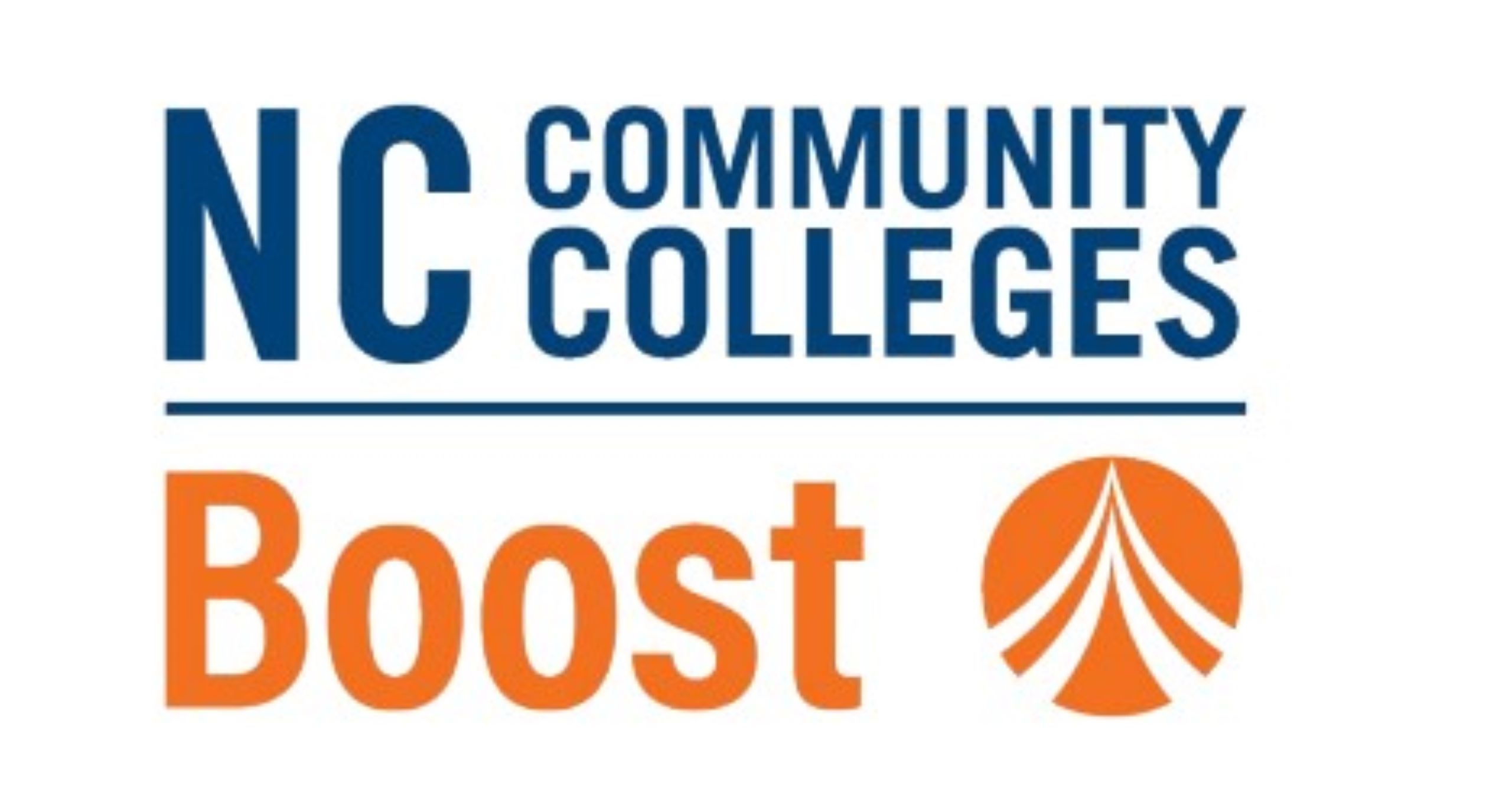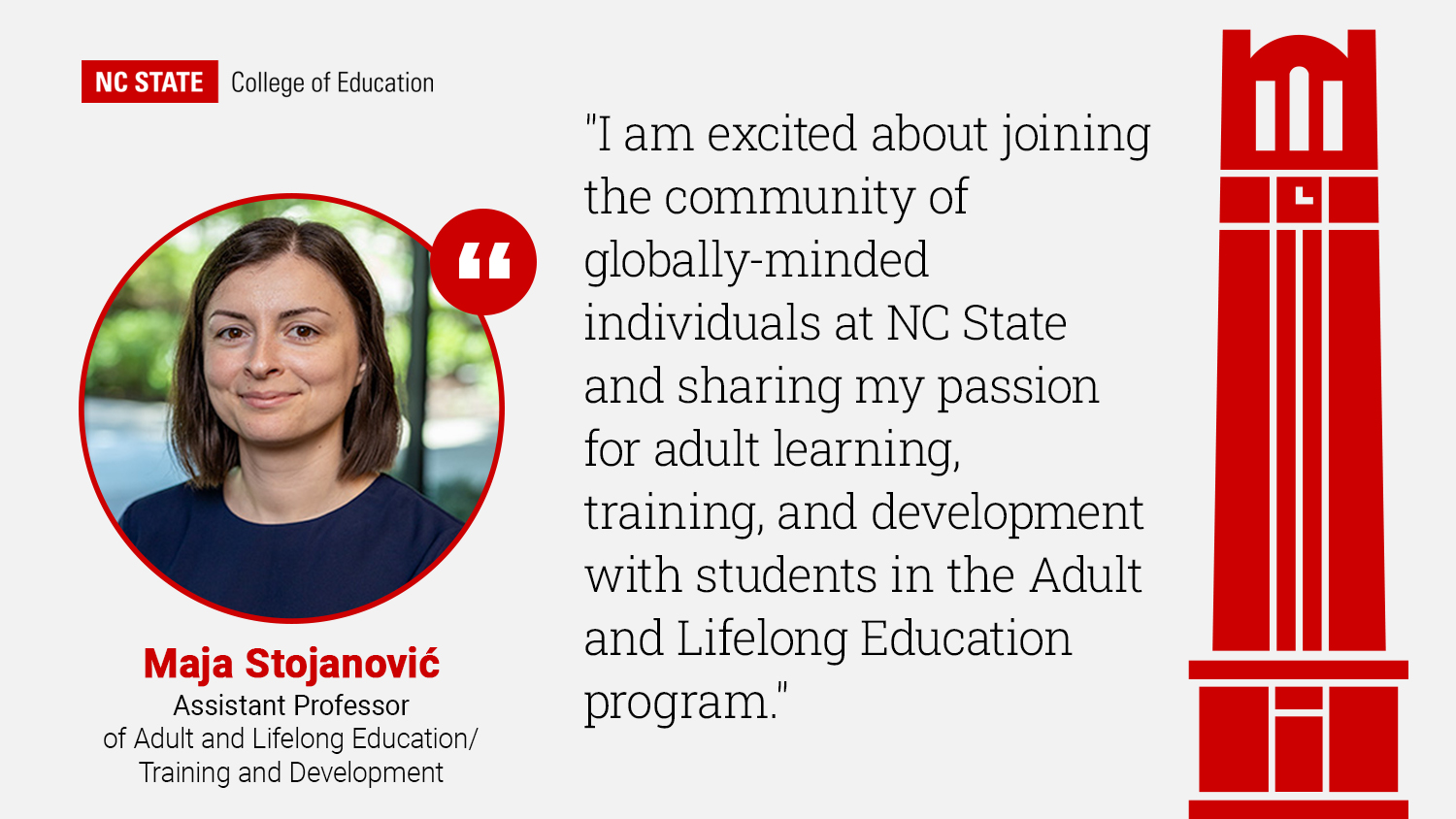Editor’s note: This post was authored by Marie Himes, director of the New Literacies Collaborative at the Friday Institute for Educational Innovation, and Jessica Hunt, an associate professor of mathematics education and special education in the NC State College of Education and a Friday Institute Faculty Fellow.
Interested in creating your own instructional videos? Check out the five tips below for increasing learner engagement during educator-designed instructional videos. These insights into broadcast pedagogy come from At-Home Learning: Classroom Connection—a compilation of 192 Pre-K-5 literacy and math video lessons and extension activities that were created by North Carolina educators during the 2020-2021 school year and broadcast on PBS NC.
Include opportunities for accessible interaction within and beyond the lesson.
It’s easy for the learner to become passive during instructional videos, and we know that it is important to provide a space for viewers to connect the cognitive and the social aspects of learning. By including questions with thinking time and opportunities to share out, learning becomes more interactive. Consider embedding questions into instructional videos and inviting learners to share their ideas. Provide multimodal ways for viewers to interact with the content of the video. Doing so extends engagement beyond the video to the learner’s environment—invite them to discuss their ideas with a peer, trusted adult, sibling or even a stuffed animal!
Create a routine.
Educators regularly create routines in their classrooms, and it’s important to do the same during instructional videos. If you provide a structure for learners to internalize the process—the “how” by which they are learning—then they can attend more to the disciplinary concepts, language and analytical practices—the “what” that they are learning. Consider beginning each instructional video with a welcome activity, then move into the lesson’s focus; model for students, and then structure opportunities for exploration and reflection.
Give learners a glimpse into who you are as a person.
Engagement in any learning environment depends on building connections with your participants. One way to connect with your learners during instructional videos is by providing them with a glimpse into who you are as a person. Incorporate relevant experiences from your own life that align with the video’s content and provide different ways for learners to connect the content with their own lives. For example, consider delivering content through stories, fun facts or experiences that are enjoyable and relatable across a variety of contexts.
Deliver the lesson with energy and enthusiasm to create a sense of expectation.
Tone of voice, pace, volume and pitch are fundamental to engaging learners in what you have to share and to keeping their attention during instructional videos. Let your enthusiasm for the subject matter shine through! For example, convey your passion for your content by varying your pace, increasing and decreasing the pitch and volume of your voice, and using pauses to tell your learners a story. Consider posing a rhetorical question to finish out your video that invites the learner to want to know more or continue thinking about the content once the instructional video is finished.
Use instructional videos with complementary forms of instruction.
Learning is not limited to the duration of the instructional video! Create opportunities for learners to talk with one another about the video content, use what was learned during the video in related applications or contexts, and extend the ideas from the lesson. For example, consider incorporating spaces for learners to create an artifact (e.g., a short video reflection or a cartoon) that can support or extend their thinking about the instructional video content. Learners may also preview key concepts from the video by interacting with an activity or short prompt that connects to the instructional content beforehand.
- Categories:



